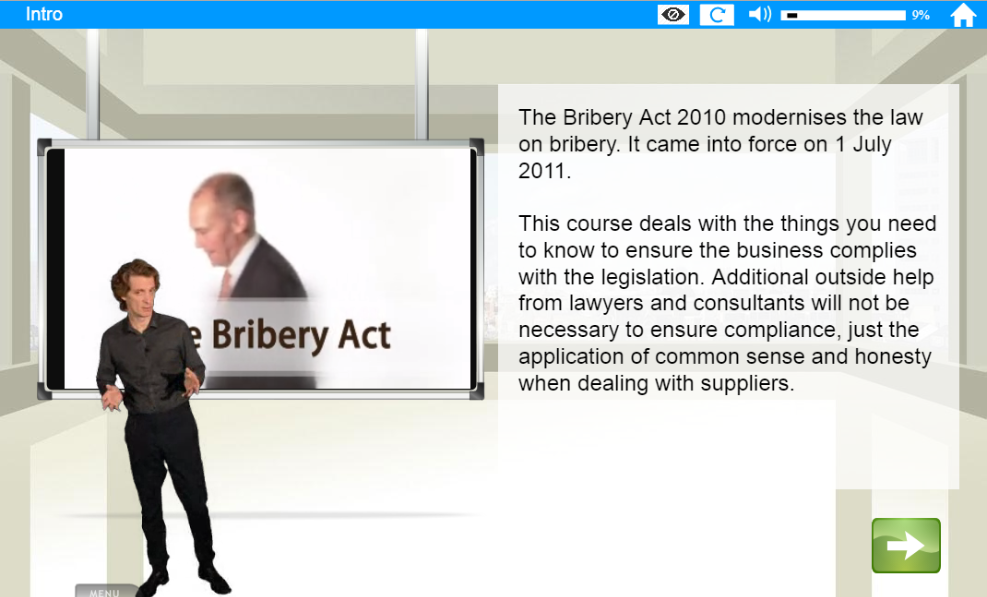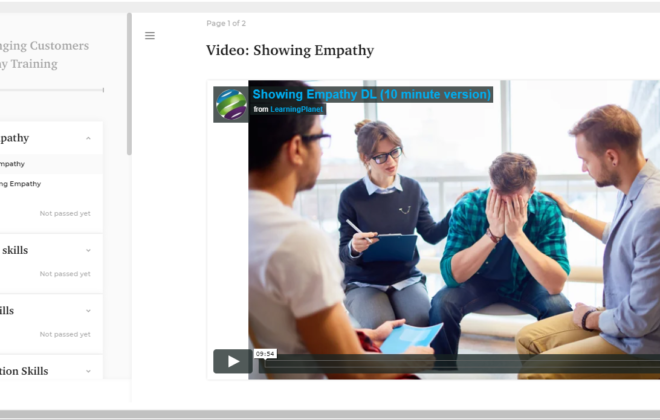Publisher Spotlight on e-learning WMB
Where psychology drives pedagogy

Our primary role at Course-Source is to connect eLearning buyers with the best eLearning content to meet their specific needs. A detailed understanding of each eLearning publisher’s ethos and approach is crucial, and it is fascinating to uncover the thought processes and evolution behind the different brands.
One of our key partners is e-learningWMB, a major producer of online training content, whose unique presenter-based methodology creates interactive courses that look like video documentaries. We asked Emil Reisser-Weston, Managing Director, and who is a qualified engineer, psychologist, and ergonomist, for his insights into their approach and future direction:
Course-Source: Why does engagement matter so much with eLearning?
Emil: “Very simply put, engaging eLearning is effective eLearning. Numerous studies from psychology show us that when a learner is engaged, they attenuate to the stimulus; in other words, they pay attention! If they pay attention, they encode the data and if they encode the data properly then they will one day recall the message. We can all remember the teachers that inspired us, those that were funny, interesting or just a bit different, but forget those who were walking textbooks.”
Course-Source: So what makes your eLearning engaging?
Emil: “At eLearning WMB we have been attempting to answer this question since 2003 through developing a design methodology and authoring software that is designed to make learning materials salient and engaging to aid with their recall. As a result of this experience and research, our courses include the following key design elements designed to maximise learner engagement:
Video presenters shot on green screen: this brings the look-and-feel of an interactive TV documentary, rather than just an everyday PowerPoint presentation with buttons.
Less e-reading and more eLearning: the use of large font and images in our eLearning work equally well on all mobiles and computers alike with no adaptation needed. This means that each concept is described by the animation and imagery – the text supplements the images and not the other way around as with most eLearning. People encode images and recall them far better than text.
Virtual learning worlds: each eLearning module is based in a virtual world where a blend of animation, video, and photography are used to add visual interest. Learners find the experience immersive, assisting with the direct transfer of knowledge to the real world.”
Course-Source: What impact do you see that COVID has had on workplace learning?
Emil: “The world has seen many departments move processes online and workplace learning is no different. Training companies are now offering more chalk and talk courses via virtual classroom technology to meet this demand. The eLearning industry finds itself in competition with training companies and this has bought an increased emphasis on the quality of the products we sell to justify ROI. We have embraced this opportunity and use it as a catalyst to drive innovation forward.”
Course-Source: What does the future hold for you?
Emil: “eLearning WMB already employs Artificial Intelligence to offer all its courses in 27 different languages through Course-Source – including voiceover and video presenters. Video presenter technology has indeed now come on to such an extent that we can switch our video presenters with any individual within a company – all is needed is an image of that person. Five years ago we thought automated presenters the stuff of science fiction, that technology is now here for all to use. We must innovate to engage, engage to encode, encode to recall – that is the secret of effective learning!”
If you would like to see the eLearning WMB approach in action you can explore their course catalogue here.
Also do remember, that we can deliver any of their courses through your internal LMS, or we can provide you with a dedicated and branded version of our Course-Source LMS, if preferred.



